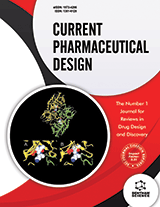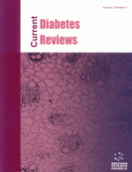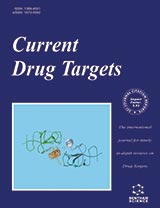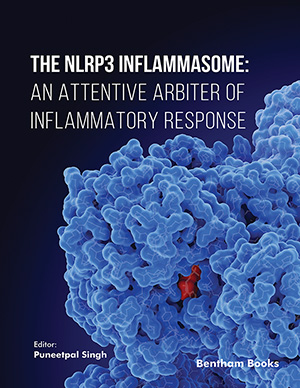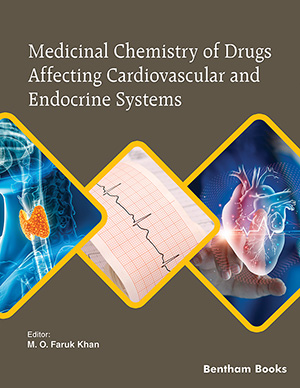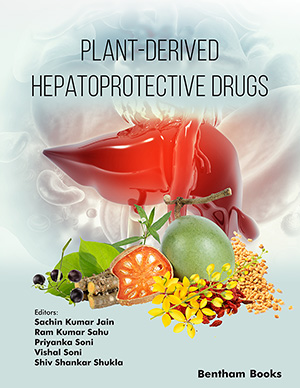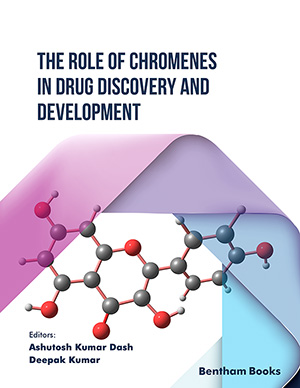Abstract
Botulinum toxin has long been known for its paralytic effects on the human voluntary musculature via inhibition of acetylcholine release at neuromuscular junctions. Its original clinical use for the treatment of strabismus has expanded significantly to include neurological conditions related to muscle hyperactivity and/or spasticity (e.g., dystonia, spasticity, tics, tremor, dysphonia). Recently, botulinum toxin has been shown to impact autonomic disorders by acting at acceptors on glands and smooth muscle, and consequently it has been used in the management of a number of other conditions including hypersecretory disorders, pain syndromes, detrusor sphinchter dyssenergia or overactivity and gastointestinal smooth muscle/sphincter spasm; it may also reduce pain in patients for whom it is used to treat these and other primary conditions. This article will review the pharmacology and formulations of botulinum toxins as well as data from clinical trials demonstrating their efficacy for numerous conditions based on their effects on cholinergic synapses outside the motor nervous system.
Current Pharmaceutical Design
Title: Current Clinical Applications of Botulinum Toxin
Volume: 15 Issue: 31
Author(s): Daniel D. Truong, Andrea Stenner and Gerhard Reichel
Affiliation:
Abstract: Botulinum toxin has long been known for its paralytic effects on the human voluntary musculature via inhibition of acetylcholine release at neuromuscular junctions. Its original clinical use for the treatment of strabismus has expanded significantly to include neurological conditions related to muscle hyperactivity and/or spasticity (e.g., dystonia, spasticity, tics, tremor, dysphonia). Recently, botulinum toxin has been shown to impact autonomic disorders by acting at acceptors on glands and smooth muscle, and consequently it has been used in the management of a number of other conditions including hypersecretory disorders, pain syndromes, detrusor sphinchter dyssenergia or overactivity and gastointestinal smooth muscle/sphincter spasm; it may also reduce pain in patients for whom it is used to treat these and other primary conditions. This article will review the pharmacology and formulations of botulinum toxins as well as data from clinical trials demonstrating their efficacy for numerous conditions based on their effects on cholinergic synapses outside the motor nervous system.
Export Options
About this article
Cite this article as:
Truong D. Daniel, Stenner Andrea and Reichel Gerhard, Current Clinical Applications of Botulinum Toxin, Current Pharmaceutical Design 2009; 15 (31) . https://dx.doi.org/10.2174/138161209789271843
| DOI https://dx.doi.org/10.2174/138161209789271843 |
Print ISSN 1381-6128 |
| Publisher Name Bentham Science Publisher |
Online ISSN 1873-4286 |
Call for Papers in Thematic Issues
"Tuberculosis Prevention, Diagnosis and Drug Discovery"
The Nobel Prize-winning discoveries of Mycobacterium tuberculosis and streptomycin have enabled an appropriate diagnosis and an effective treatment of tuberculosis (TB). Since then, many newer diagnosis methods and drugs have been saving millions of lives. Despite advances in the past, TB is still a leading cause of infectious disease mortality ...read more
Current Pharmaceutical challenges in the treatment and diagnosis of neurological dysfunctions
Neurological dysfunctions (MND, ALS, MS, PD, AD, HD, ALS, Autism, OCD etc..) present significant challenges in both diagnosis and treatment, often necessitating innovative approaches and therapeutic interventions. This thematic issue aims to explore the current pharmaceutical landscape surrounding neurological disorders, shedding light on the challenges faced by researchers, clinicians, and ...read more
Emerging and re-emerging diseases
Faced with a possible endemic situation of COVID-19, the world has experienced two important phenomena, the emergence of new infectious diseases and/or the resurgence of previously eradicated infectious diseases. Furthermore, the geographic distribution of such diseases has also undergone changes. This context, in turn, may have a strong relationship with ...read more
Melanoma and Non-Melanoma Skin Cancer Treatment: Standard of Care and Recent Advances
In this thematic issue, we aim to provide a standard of care of the diagnosis and treatment of melanoma and non-melanoma skin cancer. The editor will invite authors from different countries who will write review articles of melanoma and non-melanoma skin cancers. The Diagnosis, Staging, Surgical Treatment, Non-Surgical Treatment all ...read more
 17
17
- Author Guidelines
- Graphical Abstracts
- Fabricating and Stating False Information
- Research Misconduct
- Post Publication Discussions and Corrections
- Publishing Ethics and Rectitude
- Increase Visibility of Your Article
- Archiving Policies
- Peer Review Workflow
- Order Your Article Before Print
- Promote Your Article
- Manuscript Transfer Facility
- Editorial Policies
- Allegations from Whistleblowers
- Announcements
Related Articles
-
Contrasting Roles of the Galectin-3 in the Schizophrenia Onset, Clinical Presentation, and Somatic Comorbidity
Current Topics in Medicinal Chemistry Selected Natural and Synthetic Agents Effective against Parkinson’s Disease with Diverse Mechanisms
Current Topics in Medicinal Chemistry Ring Closure Matrix
Current Organic Chemistry Targeting the Phosphatidylinositol 3-Kinase/AKT Pathway for the Treatment of Multiple Myeloma
Current Medicinal Chemistry Advances in the Development of Virus-Like Particles as Tools in Medicine and Nanoscience
Current Chemical Biology The Medical Implications of Gastrointestinal Vagal Afferent Pathways in Nausea and Vomiting
Current Pharmaceutical Design Myelin Sheaths and Autoimmune Response Induced by Myelin Proteins and Alphaviruses. I. Physicochemical Background
Current Medicinal Chemistry Creatine Supplementation: Can it Improve Quality of Life in the Elderly without Associated Resistance Training?
Current Aging Science Structure-Based Rational Design of Adenosine Receptor Ligands
Current Topics in Medicinal Chemistry From Blood-to-Brain: Regulating the Permeability of the Blood-Brain Barrier
Current Psychopharmacology Microbial Antigenic Pressure and Evolution of the Immune Response: Toward a Better Understanding of the Human Immune System in Health and Disease and Therapeutic Interventions
Endocrine, Metabolic & Immune Disorders - Drug Targets Consequences of Cannabinoid and Monoaminergic System Disruption in a Mouse Model of Autism Spectrum Disorders
Current Neuropharmacology MicroRNAs: Important Epigenetic Regulators in Osteoarthritis
Current Genomics Ligaments of the Wrist, Ankle and Foot: Sonoanatomy and Sonopathology
Current Rheumatology Reviews Recent Advances in the Medicinal Chemistry of Sodium Channel Blockers and their Therapeutic Potential
Current Topics in Medicinal Chemistry An Overview of Iron Metabolism: Molecular and Cellular Criteria for the Selection of Iron Chelators
Current Medicinal Chemistry Ubiquitination in Rho Signaling
Current Topics in Medicinal Chemistry Evaluation of the Antipsychotic Effects of 2-(dimethylamino)- and 2-(methylamino)-7H-naphtho[1,2,3-de]quinolin-7-one Derivatives in Experimental Model of Psychosis in Mice
Current Topics in Medicinal Chemistry Preliminary Pharmacological Screening of Some Thiosemicarbazide, s-triazole, and Thiadiazole Derivatives
CNS & Neurological Disorders - Drug Targets The Role of White Matter Abnormalities in Treatment-Resistant Depression: A Systematic Review
Current Pharmaceutical Design


